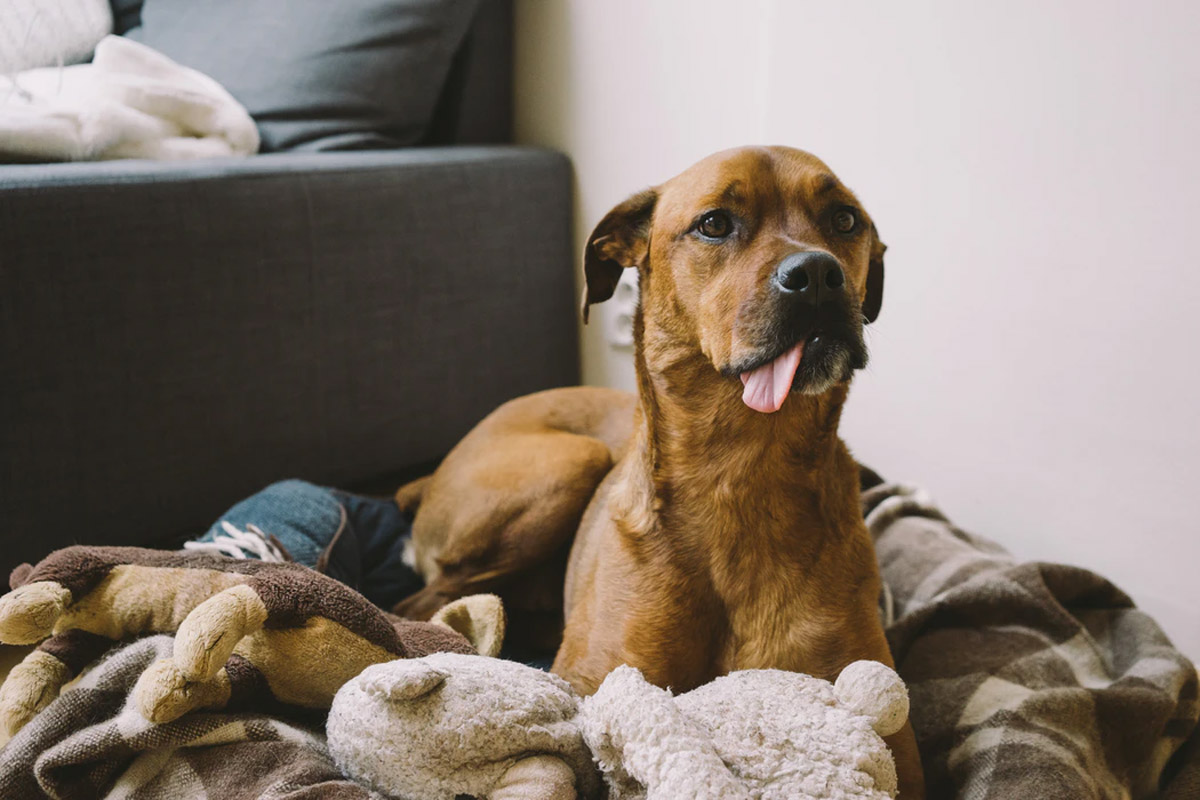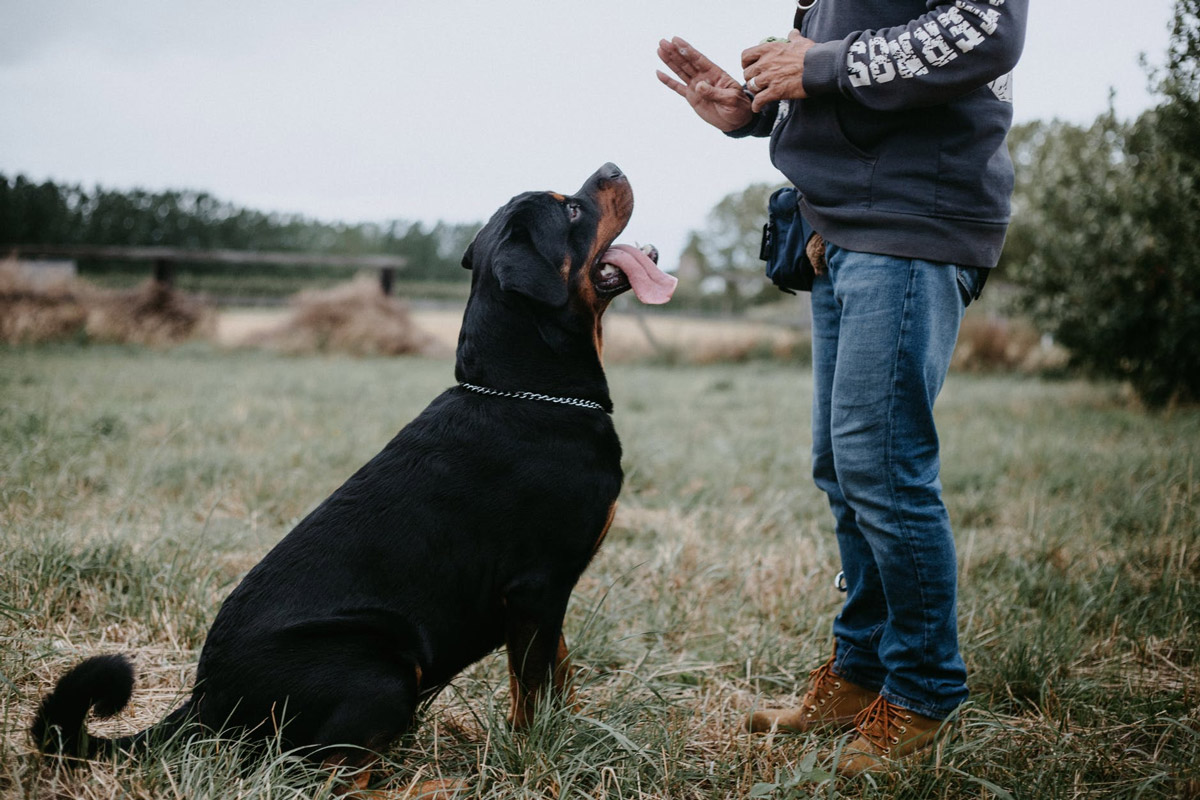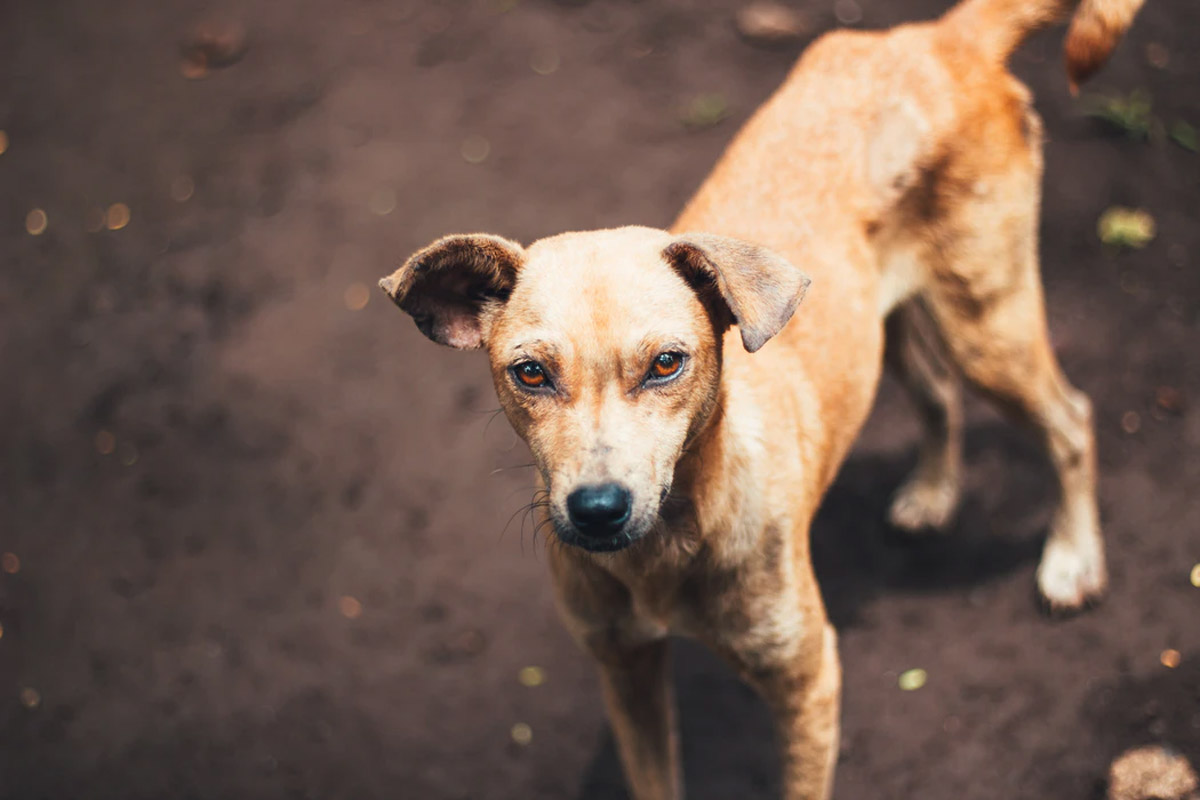A Guide to Introducing a New Cat to Your Dogs

Source: Brianna Santellan on Unsplash
For lovers of both cats and dogs, choosing between getting one or the other is practically impossible. Lucky for you, cats and dogs are capable of getting along with each other while living under the same roof if given ample time and space to get accustomed to one another, and all they need is a little help from you.
Hence, here are some tips to help you introduce a new cat to your current dogs in the household!
Confinement and separation

Source: Alexis Chloe on Unsplash
When you first introduce your cat to its new home, it may be advisable to prevent introducing your dogs to the cat immediately. Given that your cat is being exposed to your house for the very first time, the presence of other animals is likely to only startle her even more, or increase her anxiousness and the tension between the animals.
Instead, set up a safe place within the house for your cat to get accustomed to. This includes placing necessary items such as a litter box and food stations within the same enclosed area. Most importantly, it should be a place where your dogs cannot access by themselves.
Scent introduction

Source: Ruby Schmank on Unsplash
Before the initial face-to-face meeting between cat and dog, you can provide indirect forms of interactions through scent-swapping. Exchanging personal items, such as their toys, can be a good start to get them accustomed to each other’s scent.
This gives them the opportunity to recognise each other’s presence within the household, which may be useful in preventing escalation of aggression and tensions during their very first meeting.
Supervised interactions

Source: Jonathan Wiemers on Unsplash
On their very first meeting, make sure that your dog is securely leashed before bringing your cat out. It is best to avoid bringing your cat directly in front of your dog, as this may only increase your cat’s fears.
Instead, allow your cat to move about by herself and approach your dogs as much as she wishes to. You may also want to keep their first meeting short, at about 5 to 10 minutes, and stop immediately if you observe any aggressive behaviour displayed. Gradually extend this time period as they grow more accustomed to one another!
On that note, besides their initial meeting, it is important to supervise their interactions at all times, and keep them separated when no one is at home.
Use of training commands

Source: Tom Verdoot on Pexels
During the first few meetings, your dog may be overly-excited when trying to play or engage with the new cat. At times like this, it is very useful if your dog is able to respond to commands like “sit”, “stay”, or “lie down” so that you can distract them and control their excitement if it’s getting too overwhelming for your cat.
Make sure to reward your dog with plenty of treats and compliments whenever it obeys your commands as well, to ensure that the interaction remains a calm and positive experience throughout for both parties!
Stay alert!

Source: Mark Carlo Allones on Unsplash
If your dog is constantly exhibiting wary or aggressive behaviours such as growling or staring intently at your new cat, it may be best to stop all interactions for the time being to give your dog time and space to calm down. Should the problem still persist despite scent-sharing, you may want to seek professional help from dog trainers on how to properly introduce your cat to your dog.
All in all, dogs and cats are able to enjoy each other’s company while living in the same house. However, the time it takes for them to get comfortable with one another will differ depending on their individual personalities. Be confident and patient while adopting these guidelines above and your pets will be able to get along just fine!








